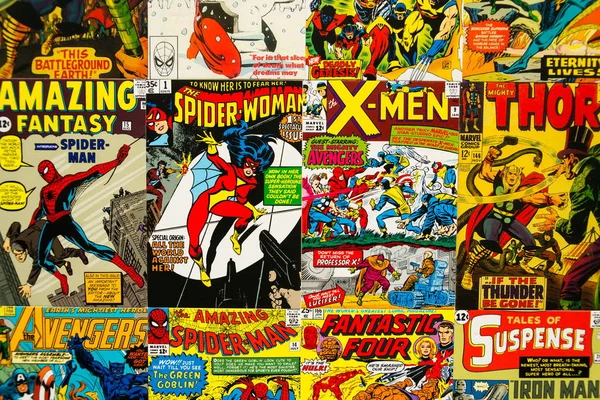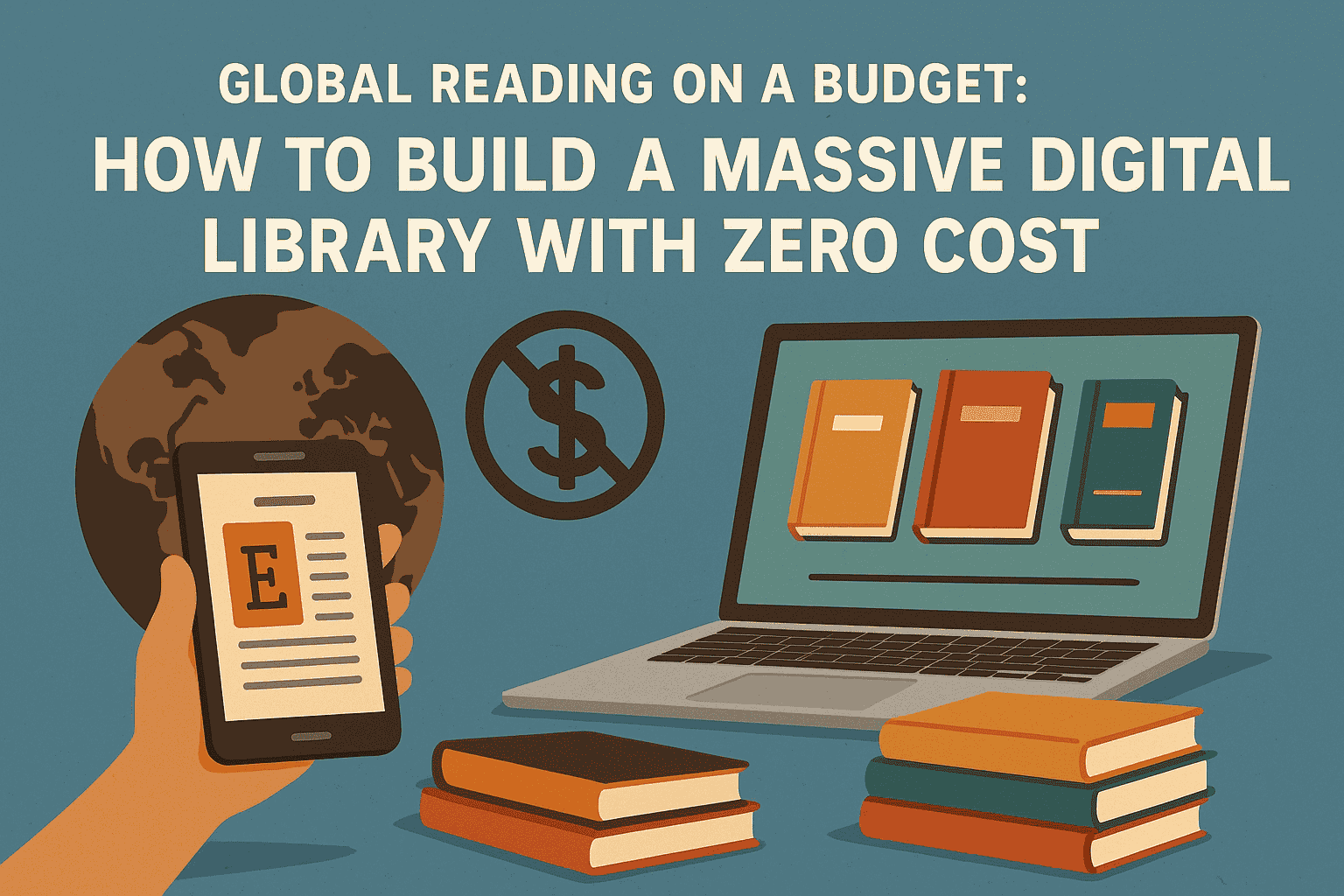The Colorful World of Comic Books: Where Imagination Takes Flight
Comic books are like magical portals that transport us to incredible worlds filled with heroes, villains, and unimaginable adventures. These vibrant, illustrated stories have captured the hearts and imaginations of people young and old for generations. In this article, we'll take a journey into the fascinating realm of comic books, exploring their history, impact, and why they continue to be cherished by so many.
What are Comic Books?
Comic books are a special kind of storytelling that combines words and pictures. They tell tales through a series of illustrated panels, often featuring characters with extraordinary abilities or embroiled in thrilling escapades. These stories can span across a single issue or unfold over a series of comics, creating rich, immersive universes.
The Birth of Comic Books
The first comic book as we know it today appeared in the United States in the early 20th century. It was a collection of comic strips from newspapers, bound together and sold as a book. These early comics featured characters like Little Nemo and the Katzenjammer Kids, bringing joy to readers in a new format.
Superheroes Take Center Stage
The Golden Age of comic books (1930s-1950s) saw the emergence of iconic superheroes like Superman, Batman, and Wonder Woman. These characters possessed incredible powers and became beloved symbols of hope and justice. They paved the way for an entire genre of superhero comics that continue to thrive today.
Comic Book Genres
While superheroes are perhaps the most well-known, comic books encompass a wide range of genres:
1. Superheroes:
This genre features characters with extraordinary abilities, often fighting against powerful foes to protect their cities or the world.
2. Science Fiction and Fantasy:
These comics transport readers to distant galaxies, magical realms, and futuristic worlds, filled with strange creatures and advanced technology.
3. Mystery and Detective:
These comics follow clever investigators and daring sleuths as they unravel puzzling mysteries and solve crimes.
4. Horror:
Spine-chilling tales of the supernatural, ghosts, vampires, and things that go bump in the night.
5. Romance:
Stories of love and relationships are often set against dramatic backdrops and emotional dilemmas.
6. Adventure:
Swashbuckling tales of daring quests, treasure hunts, and journeys to exotic lands.
7. Humor:
Light-hearted comics that aim to make readers laugh with witty jokes and comical situations.
Impact and Influence
Comic books have had a profound influence on popular culture:
1. Inspiring Creativity:
They ignite the imagination, encouraging readers to dream and even create their own stories and characters.
2. Promoting Literacy:
Comic books use a combination of images and words, making them accessible to readers of all ages and levels. They often serve as a gateway to more complex forms of literature.
3. Addressing Social Issues:
Many comics tackle important topics like racism, inequality, and environmental issues, using powerful narratives and relatable characters to raise awareness.
4. Fostering a Sense of Community:
Fandoms around comic book characters and stories bring people together, creating a sense of belonging and shared enthusiasm.
Evolution in the Digital Age
In recent years, technology has brought about a digital revolution in the world of comics. Digital platforms and e-readers allow readers to access a vast library of comics from their devices, making it easier than ever to dive into captivating stories.
Comics as Cultural Icons
Over the years, certain comic book characters have become cultural icons, recognized worldwide. Superman, with his red cape and "S" emblazoned on his chest, is a symbol of hope and strength. Batman, the dark and brooding detective, has captured imaginations with his gadgets and unwavering dedication to justice. Wonder Woman, with her lasso of truth and warrior spirit, stands as a beacon of empowerment for many.
These characters transcend the pages of comic books, making their way into movies, television shows, merchandise, and even academic discussions. The impact of these cultural icons is immeasurable, influencing fashion, art, and literature across the globe.
Diversity and Representation
In recent years, the comic book industry has made significant strides in diversifying its characters and creators. We now see a broader range of genders, races, and backgrounds represented in comics. Characters like Miles Morales, a Black teenager who takes up the mantle of Spider-Man, and Kamala Khan, a Pakistani-American teenager who becomes Ms. Marvel, resonate with readers from all walks of life.
This shift towards greater representation is not only a reflection of our society but also a testament to the evolving nature of storytelling within the medium.
The Rise of Graphic Novels
While comic books have been traditionally associated with serialized stories, the medium has expanded to include graphic novels. These are longer, self-contained narratives that explore a wide range of genres and themes. Graphic novels like "Maus" by Art Spiegelman and "Persepolis" by Marjane Satrapi tackle complex subjects like the Holocaust and the Iranian Revolution, demonstrating the depth and versatility of the medium.
Webcomics and Digital Platforms
The digital age has given rise to a new generation of creators who share their work through webcomics. These online comics cover an array of topics, from slice-of-life humor to fantastical adventures. The internet provides a platform for creators to reach a global audience without the need for traditional publishing.
The Future of Comics: Interactive and Augmented Reality
As technology continues to advance, we can expect even more innovations in the world of comics. Interactive comics, which allow readers to make choices that affect the story's outcome, are gaining popularity. Augmented reality experiences, where digital elements are layered onto the physical world, have the potential to bring comics to life in entirely new ways.
A Tapestry of Creativity and Imagination
Comic books, with their colorful illustrations and captivating narratives, have woven themselves into the fabric of our cultural heritage. They have evolved from humble beginnings into a dynamic, diverse medium that continues to inspire and engage readers of all ages.
As we look to the future, the world of comic books is poised for even greater innovation and expansion. With the advent of new technologies and a growing community of creators, we can anticipate a rich tapestry of stories that will continue to shape our imaginations and reflect the complexities of our world. Comic books, in all their forms, remind us that the human spirit is boundless in its capacity for creativity and storytelling.
Conclusion: A Timeless Art Form
Comic books are not just stories; they're gateways to other worlds, windows into the extraordinary, and mirrors reflecting our hopes and struggles. Their enduring appeal lies in their ability to captivate hearts, spark imagination, and inspire generations of readers. As we look to the future, there's no doubt that comic books will continue to weave their colorful tapestry into the fabric of our cultural landscape, providing us with endless adventures and unforgettable characters for years to come.






